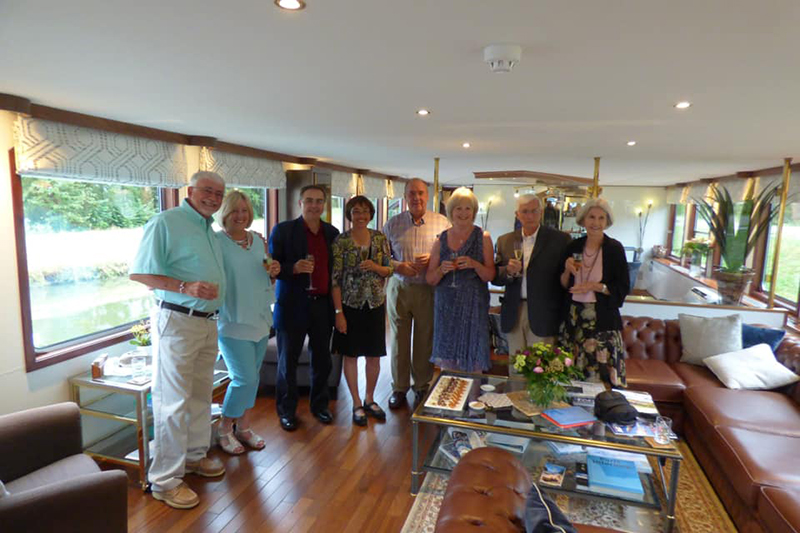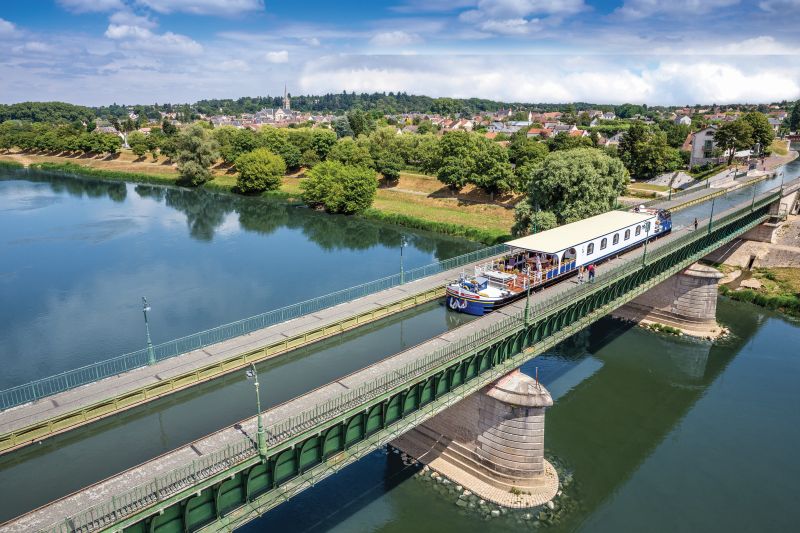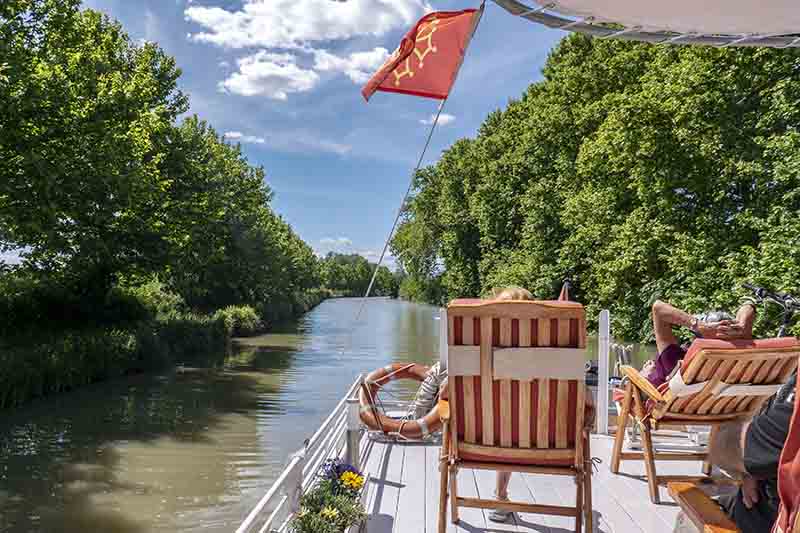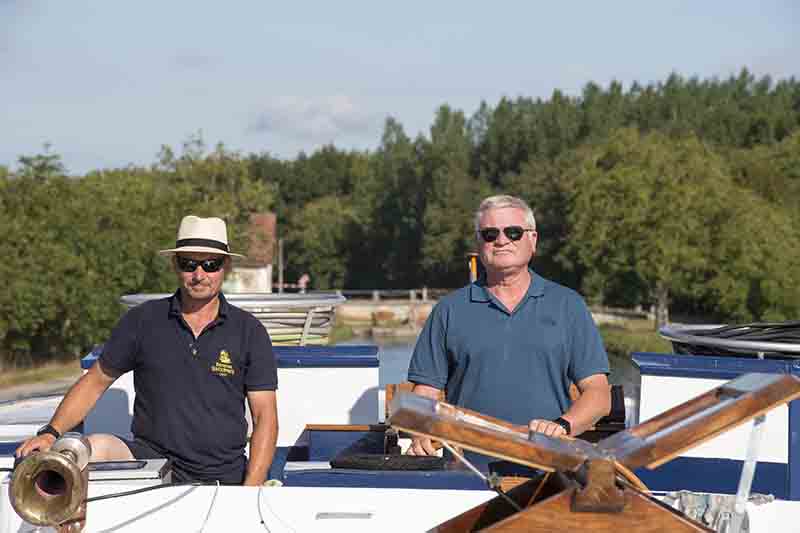When one thinks of cruising, the image that often arises is that of a large, touristy and characterless white cruise ship filled with people lying on the pool deck all day. However, those in the know understand that there are far more authentic and culturally rich cruise opportunities out there. So, if you want to know just what is hotel barging, read on!
Hotel Barging Compared to Other Forms of Cruising

Intimate Atmosphere versus Serving the Masses
Perhaps the most obvious difference between hotel barging and the more standard kind of cruise is the number of passengers. Although there are canal barges that can carry up to two dozen passengers, most are designed to cater for smaller, more intimate groups of passengers. This offers wonderful opportunities for groups of friends or families who want to spend some quality time together, or for couples or individuals who are looking to meet a select number of likeminded people.
The intimate atmosphere on barge cruises can come as a welcome surprise to those used to the anonymity of traditional cruise holidays, where there is often no space and time for crew and passengers to connect, and where it is easy for individuals to become a nameless face in the crowd. Those who have had the pleasure of the experience always praise the high level of personal service on hotel barge cruises.

Deeper Access Into the Country
Another advantage of cruising on a smaller, shallower based vessel is the fact that it can access waterways that are inaccessible to larger vessels. This allows holidaymakers to immerse themselves deeper into their country of destination, exploring the culture, history and sites that may otherwise remain hidden from them. Examples are the Briare Aqueduct on the Canal de Briare running over the River Loire, the commune of Arzviller, located on the banks of the Marne-Rhine canal, and the Malpas tunnel, allowing the passage of the historic Canal du Midi in France.
The fact that more time on the itinerary is spent inland means that local delicacies and wine are within easy reach, and there are frequent stops in villages or towns en route to visit local restaurants or wineries. Some hotel barges make this a feature and the local cuisine is often a highlight of their itinerary, taking passengers to the best local venues and/or adjusting their on-board menu to the region they are passing through.

Difference in Pace
Another aspect in which sea cruises differ from those along a river, finally, is the speed at which they travel. While a standard ocean cruise ship usually travels at a speed of between 24 and 28 miles per hour, the average inland flatboat has a steady pace of only 3 miles per hour. While this means, naturally, that the barge travels less distance, the itineraries are far more detailed than those of an ocean cruise.
While the experience of a hotel barge cruise is certainly very different from an ocean going one, the choice is always a matter of personal preference.

 English
English
 Spanish
Spanish French
French German
German Norwegian
Norwegian Portuguese
Portuguese Swedish
Swedish Italian
Italian Russian
Russian Simplified Chinese
Simplified Chinese Japanese
Japanese